If you enjoy making your own condiments from seasonal produce, this soft set Grapefruit Marmalade is for you. Marmalade is a favoured preserve on many breakfast tables. It is easy to appreciate that this zesty, tangy preserve is a great way to start the day.

Why we love this recipe:
This recipe is a very special family recipe – handed down to me by my great great grandmother! So, it’s a few years old.. but oh so delicious!
There are few things more satisfying than taking fresh, locally grown produce and transforming it into something delicious which can be used in the months ahead. Making marmalade is one way to preserve some of winter’s bounty.
I regard homemade jams and spreads as luxury items. It’s not that they are expensive to make, especially when the fruit is a gift, but there is an investment of time.
However, having jars of marmalade that you have made yourself is tremendously satisfying. The flavours are bright and clear and remember, there are just four ingredients. Compare that with the labels of some commercial varieties which often have a large range of additives.
A little effort and time will produce a wonderful array of jars filled with this soft set Grapefruit Marmalade, some of which I will keep for myself and many of which I will give away to friends as a special homemade treat.
If you think that making marmalade is difficult, I want to assure you that it is easier than you may think. Although there is a great deal of science involved, it just requires that you follow a few simple steps and we will happily guide you through the process.
This is a classic method of making marmalade. It requires just four ingredients, and one of them is water. That is all that you need to make this fresh-flavoured condiment. It produces a soft set Marmalade; it will not be as firm as many commercial varieties which often contain additives.
Ingredients in this recipe:
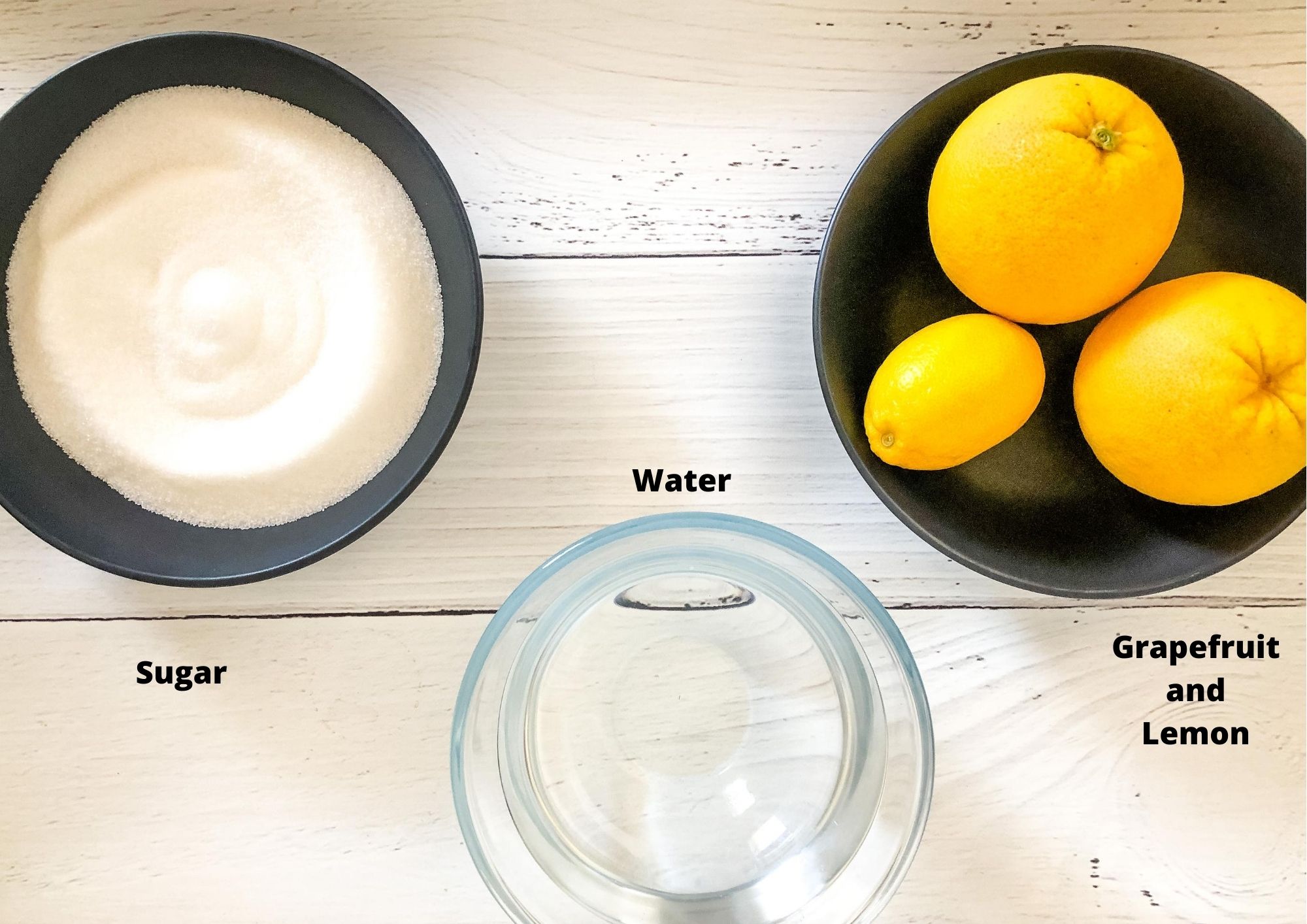
Please see the recipe card further along in the post for exact quantities of ingredients and the full method.
Grapefruit – I prefer to use homegrown or organic fruit which does not have a wax coating.
Lemon – again, my preference is homegrown or organic fruit without wax.
Sugar – use regular granulated white sugar. Do not be concerned by the amount of sugar – this is correct. This recipe uses a higher quantity of water. See the notes in the recipe card.
Water – I use filtered tap water.
Step by Step Instructions:
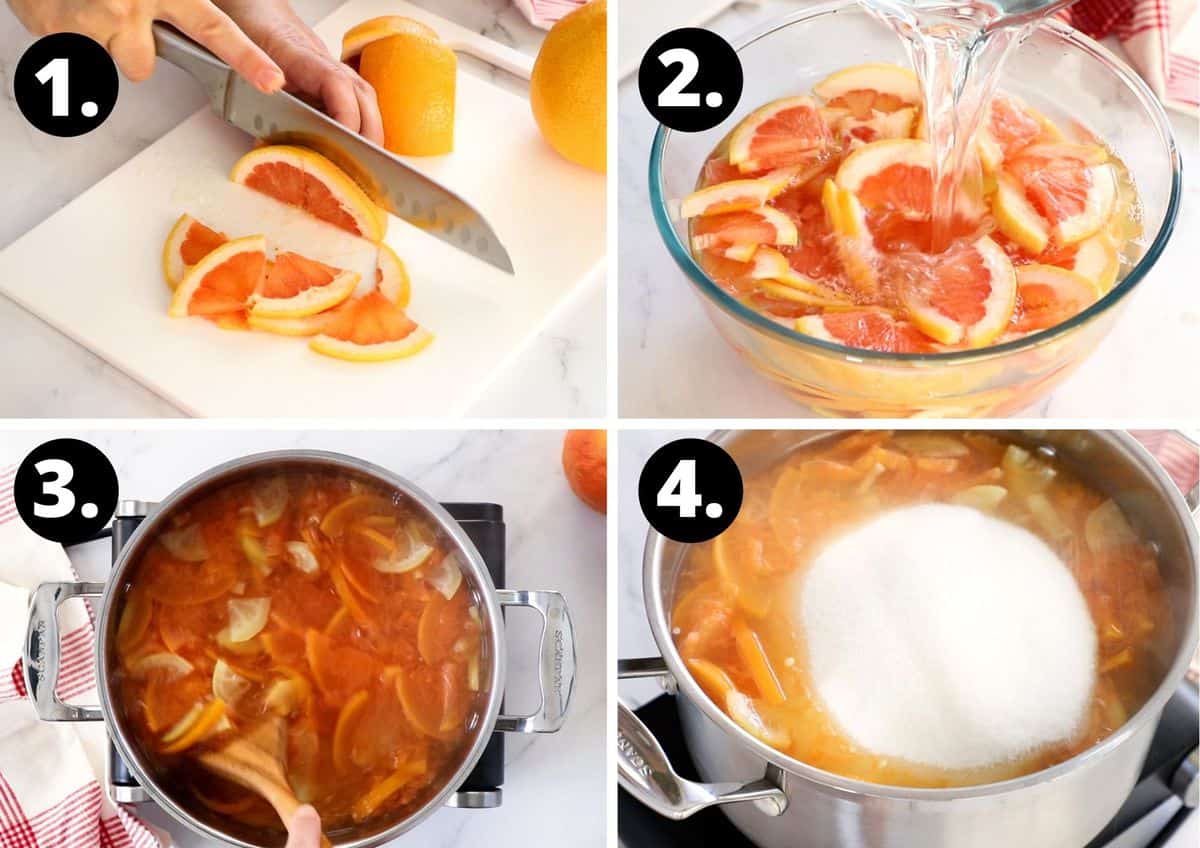
Making the Grapefruit Marmalade is a two-day process. To begin, I wash the fruit.
- Cut the grapefruit and lemon into quarters and finely slice them, removing any seeds that I may find.
- I place the fruit into a non-reactive bowl, add the water, cover the bowl and set aside overnight. Soaking the fruit serves two purposes. Firstly, it softens the peel and secondly, it helps release the pectin required for setting the jam.
- On day two, you add the fruit and water to a large saucepan and cook to soften the peel.
- Then, add the sugar.
- Start to test after about 10 minutes to ensure you don’t go past setting point. See the recipe card and instructions for more information.
- Spoon some marmalade onto a cold saucer.
- You can use the wrinkle test to check setting point, or, use a candy thermometer to ensure accuracy (see the recipe card for more details.)
- Once setting point is reached, take off the heat and allow to sit for 10 minutes. This will help the fruit to settle and evenly distribute when poured into the jars. Without settling, the fruit will rise to the top of the marmalade. And finally, ladle it into sterilized jars.

Tips for success and FAQs:
When making your own preserves, always ensure you are sterilising the jars you will store them in. This is very simple to do:
- Choose glass jars with an airtight, metal lid and ensure they have been washed by hand in hot soapy water then rinsed well.
- Check that the metal lids do not have rubber inserts.
- Preheat the oven to 130 Degrees C (270 F) and leave the jars for 15-20 minutes.
You will need to prepare the ingredients for the Grapefruit Marmalade a day ahead. We soak the peel overnight; this helps develop the pectin which assists with setting the marmalade. Also, the fruit will soften and this means it will take less time to cook; a shorter cooking will produce a brighter, fresher-flavoured marmalade.
You will not need any special equipment to make this recipe. However, a large saucepan is essential. When you add the sugar, it foams up enormously. Without a very large saucepan, there is the risk of it boiling over. I also like to use a long-handled wooden spoon to keep my hand away from the bubbling marmalade. Do not use a metal spoon, it will become very hot. Whilst a jam/candy thermometer is not essential, it can be valuable to precisely determine setting point.
This may seem an excessive amount of sugar, however, this is not the usual fruit to sugar ratio which is used in jam making. For the marmalade we use a large amount of water to soak the fruit. The water is included in the marmalade so this means a larger amount of sugar.
When making marmalade and jams, the sugar is not just a sweetener, it also assists with gelling and preservation. Therefore, I don’t recommend reducing the amount of sugar as it may interfere with the setting and preservation. The sugar is an important component in making the jam shelf-stable.
Citrus fruits are high in pectin so it is not necessary to use jam sugar. Regular granulated sugar is all that is required.
To achieve the best result, you will need to prepare the ingredients for the Grapefruit Marmalade a day ahead. We soak the peel overnight; this helps develop the pectin which assists with setting the marmalade. Also, the fruit will soften and this means it will take less time to cook; a shorter cooking will produce a brighter, fresher-flavoured marmalade.
No, it is not necessary to refrigerate it, just store it in a cool, dark place. When cooked to setting point and poured into sterilised jars the marmalade will keep for at least 12 months. I do, however, store a jar in the refrigerator after it has been opened.
As we are using the whole fruit, it is best to use organic or home-grown fruit. However, if you are only able to access commercially grown fruit, they need to be thoroughly cleaned.
Always use fruit which is in good condition and ideally some which are slightly under-ripe as they will contain more pectin. Bruised or damaged fruit may spoil the jam, causing it to deteriorate quickly.

How do I know if my Marmalade has reached setting point?
These are two ways you to check if your Marmalade has reached setting point.
- You can use the “wrinkle test”, as outlined in the recipe;
- If you don’t feel confident, or are not an experienced Marmalade maker, I recommend the fail safe method of using a jam/candy thermometer to indicate setting point.
Your marmalade will be very liquid when you add it to the jars so please don’t be concerned. It will continue to thicken as it cools.
Leave it for 24 hours and then check again. If it is still runny, you can re-boil the marmalade. Empty the contents of the jars back into the saucepan and bring to a boil. To increase the pectin and help the marmalade to set, you can add the juice of half a lemon. Boil for a few minutes and test again.
However, if the marmalade was initially boiled too long, it can still result in it not setting as the pectin may have been damaged, and therefore, reboiling the marmalade will not help.
When setting point is reached, as outlined in the recipe instructions, it is important to remove the saucepan from the heat and set it aside for 10 minutes. This will help the fruit to settle and evenly distribute when poured into the jars. Without settling, the fruit will rise to the top of the marmalade.
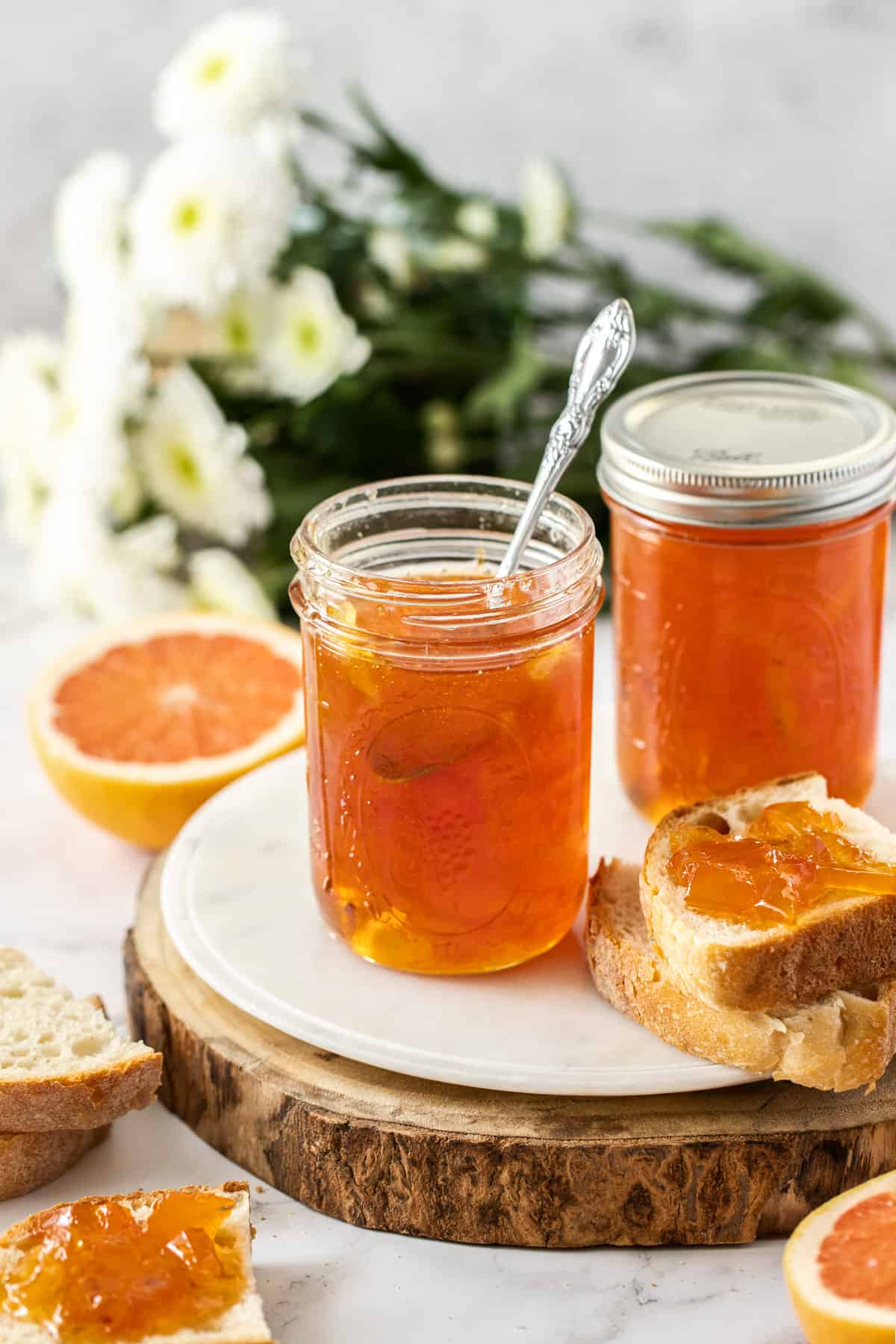
When it comes to serving:
Marmalade is a popular condiment, perhaps best known as a spread for toast at breakfast time. However, don’t be limited by the thought that marmalade is only eaten at breakfast. There are many more ways to use it.
- A sticky glaze for chicken drumsticks;
- Make a sauce for pork tenderloin;
- Glaze a Christmas ham;
- Use it in a marinade for chicken;
- Make crostini with goat cheese and prosciutto;
- Bake a lemon cake and make a glaze with the marmalade;
- Add it to the top of a baked brie.
More delicious condiments and edible gift ideas:
- Preserved Chillies in Oil
- Dill Pickled Cucumbers
- Apricot Jam
- Plum Jam
- Japanese Pickled Ginger (Gari)
- Fresh Peach Chutney
- Sweet Chilli Sauce
- Balsamic Glaze
- Pickled Daikon
- Beetroot Pickled Turnips
- Spicy Pickled Cucumbers
- Lemon Marmalade
- Classic Lemon Curd
- Blood Orange Curd
When you try this lovely Grapefruit Marmalade you will realise that there is no comparison between homemade marmalade and the commercially produced varieties.
Do let me know in the comments below when you have tried this delicious recipe.
Alex xx
This post was originally published in August 2020. It has been updated with new photos, a video and more information. The recipe has been slightly altered to make a smaller batch.
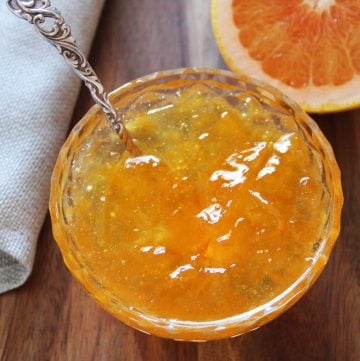
Grapefruit Marmalade
Recipe Measurements:
For accuracy, when weights are provided, we recommend weighing your ingredients. This will produce the best results.
Ingredients
- 500 g (1 lb) grapefruit – prepared weight See Notes 1 and 2
- 1 large lemon
- 6 cups (1.5 Litre) water
- 8 cups (1.8 kg) sugar See Note 3
Instructions
To Sterilise the Jars:
- Sterilise the jars you'll be using to store the marmalade.Choose glass jars with an airtight, metal lid and ensure they have been washed in the dishwasher or by hand in hot soapy water then rinsed well.Check that the metal lids do not have rubber inserts. (See Note 9)Preheat the oven to 130 Degrees C (270 F) and place the jars in the oven for 15-20 minutes.
For the Marmalade:
- Place 2 saucers or small plates in the freezer, ready to check for the setting point of your marmalade.Thoroughly wash the grapefruit and lemon. Remove each end of the grapefruit to get rid of excess pith. Remove each end of the lemon. Cut the grapefruit and lemon into quarters length ways. Holding two of the quarters together, slice as thinly as possible and remove any seeds.
- Place the citrus slices in a non-reactive bowl. See Note 4. Add the 6 cups of water, cover the bowl and leave the fruit to stand overnight, up to 24 hours. If your bowl is not large enough to accommodate all the water, add what you can and add the remainder the following day. It’s best to make a note of what you have added.The following day, place the fruit and water into a very large, non-reactive saucepan. – See Note 5.
- Over medium-high heat, bring the fruit and water to the boil. Rapidly boil for approximately 15 minutes or until the peel is tender, stirring occasionally with a long-handled wooden spoon – See Note 6.
- Add the sugar and stir well to dissolve it. After dissolving the sugar, return the fruit to the boil, stirring occasionally. Continue to stir until the marmalade reaches setting point – I start to check at about 10 minutes. When the very aggressive bubbles subside to a slower, gentler boil, that's an indication that your marmalade may have reached setting point – See Note 7.Remove from the heat to conduct the wrinkle test. If not set, continue to boil for another 1 minute and then test again.
- To test for setting point, I use the “wrinkle” test. Take one of your saucers from the freezer and pour a small amount of marmalade onto it. Let it cool for a minute then push against the marmalade with the tip of your finger. If the surface wrinkles slightly, it means setting point has been reached.Alternatively, if you are not confident checking this way or are not experienced at making marmalade, you can use the fail-safe method of using a jam/candy thermometer which you clip to the side of your saucepan. When attaching your thermometer, make sure that the base is not touching the bottom of the saucepan. Your marmalade has reached setting point when the temperature reaches 104.5 degree C or 220 degrees F. (Taking it much higher than this will result in the marmalade being overboiled, the pectin being destroyed, and therefore, your marmalade will not set.)At this time, your marmalade will look very liquidy – it can take 24-48 hours to completely cool and set.Please note, this recipe will produce marmalade which has a soft set; it will not be as firm as many commercial varieties which often contain additives.
- Take the mixture off the heat. If there is any scum on the marmalade, add a teaspoon of butter and stir; that should settle the scum.
- Let the marmalade stand for about 10 minutes to allow the fruit to settle. If you bottle it immediately, the fruit will not be evenly distributed but will settle at the top of the jar.
- Remove your jars from the oven and carefully ladle the marmalade into the heated, sterilised jars. The jars should be filled as full as possible to minimise the amount of air between the marmalade and the lid. The marmalade should not touch the lid. Seal tight once filled with marmalade. See Note 8You need to be very careful. Splashing yourself with hot marmalade will result in a very serious burn. I suggest you have clothing with long sleeves and ensure that you do not have children nearby.
Video
Notes
- I used 2 medium-large grapefruit to achieve the weight after the ends and seeds have been removed.
- As the peel is such an important part of the marmalade, I like to use organic or home-grown citrus. Commercially produced grapefruit and lemons generally have a wax coating and may have been sprayed with something toxic. If this is all that you can obtain, you can clean the grapefruit and lemons by placing them in a colander and pouring over freshly boiled water. Then, scrub them gently with a nail brush while holding them under cold running water.
- This may seem an excessive amount of sugar, however, this is not the usual fruit to sugar ratio. We use a large amount of water to soak the fruit. The water is included in the marmalade.so this means a larger amount of sugar.
- Non-reactive bowls and saucepans are stainless steel, glass, ceramic or enamelled cookware. Aluminium, copper and iron bowls or pans are reactive. Acidic foods, such as citrus, may discolour and take on a metallic taste if these are used.
- A large saucepan is essential. When you add the sugar, it foams up enormously. Without a very large saucepan, there is the risk of it boiling over.
- To stir, use a long-handled wooden spoon. Do not use metal, it will become dangerously hot.
- The boiling time may vary slightly depending on several factors, the thickness of your fruit slices, the width of your saucepan and the heat at which the fruit is boiled.
- Your marmalade will be very liquid when you add it to the jars so please don’t be concerned. It will continue to thicken as it cools. Leave it for 24-48 hours and then check again. If it is still runny, you can re-boil the marmalade. Empty the contents of the jars back into the saucepan and bring to a boil. To increase the pectin and help the marmalade to set, you can add the juice of half a lemon. Boil for a few minutes and test again.
However, if the marmalade was initially boiled too long, it can still result in it not setting as the pectin may have been damaged. - Properly sterilising your jars is an essential process to remove bacteria which could cause your preserves to spoil. I prefer to sterilise jars in the oven. To do this, preheat your oven to 130 Degrees C (270F).
Use glass jars with an airtight, metal lid. If recycling jars, ensure that the jars do not have cracks or chips and the lids are in good condition. Discard any lids that are pitted or rusted.Wash the jars and lids either in the dishwasher or by hand in hot soapy water, and rinse well. Do not dry them with a tea towel. Place upright jars and lids on a baking tray. If you are using kilner jars with rubber seals, be sure to remove the seals before placing the jars in the oven. The dry heat of the oven would damage the seals. Boil the seals separately in a saucepan for about 10 minutes. Heat the jars in the oven for at least 20 minutes. When your preserves are ready to bottle, use thick oven mits or jar tongs to remove the jars. Do not place them on a cold surface as they may shatter. I place mine on a wooden chopping board which I cover with a tea towel. Always sterilise a few more jars than you think you will need. It is better to have too many jars than not enough.
- Please note, the nutritional information is based on one 250ml jar. The nutritional information is an estimate only.
Nutrition Estimate:
Nutritional Disclaimer:
The nutritional information is an estimate only, and is derived from online calculators. For accurate results, we recommend calculating the nutritional information based on the ingredients and brands you use.
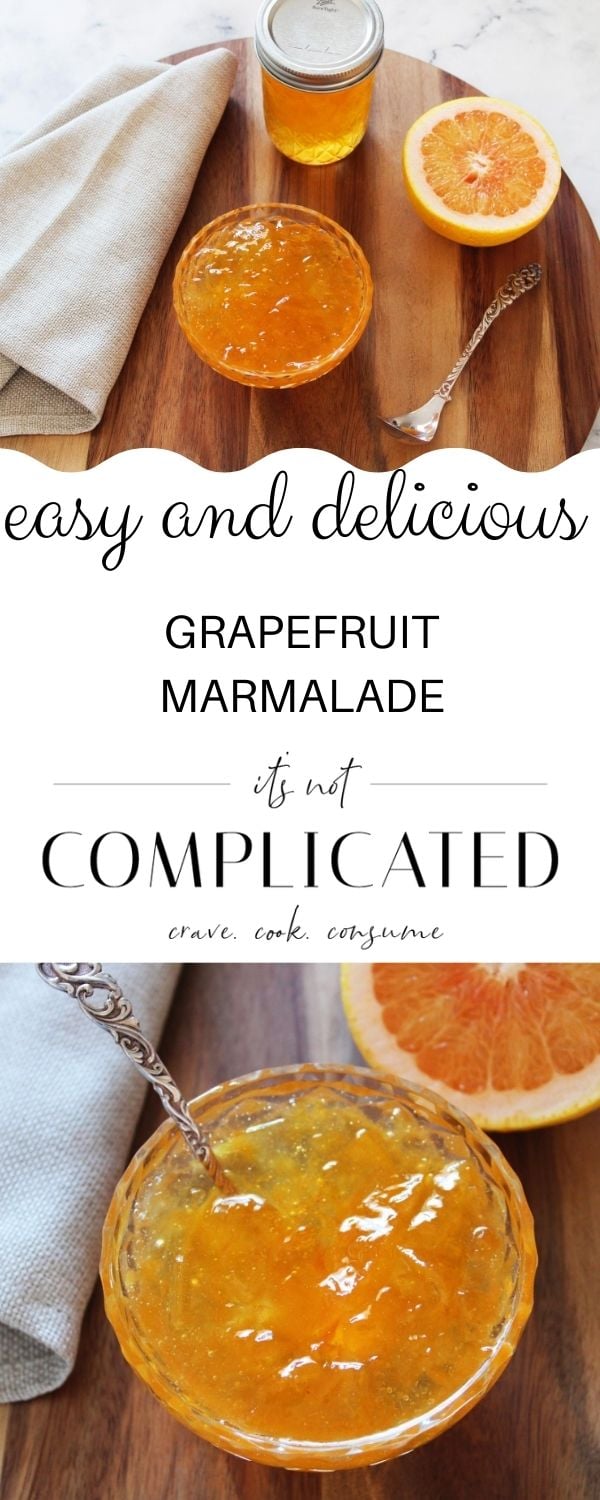


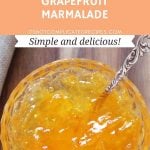

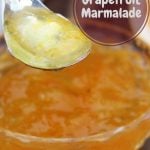

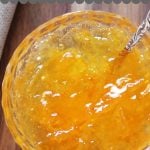
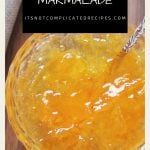

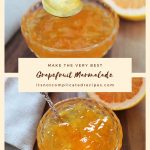


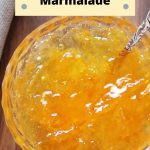

Leave a Comment